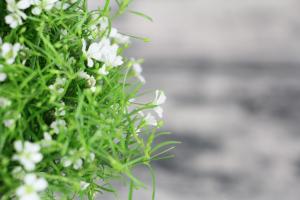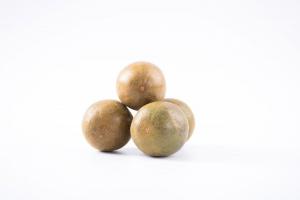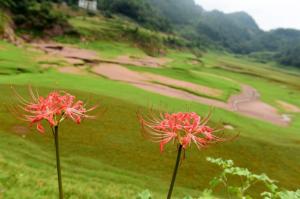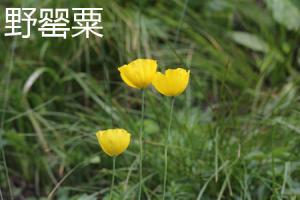1. How do Parthenocissus climb
Parthenocissus belongs to the grape family and is very good at climbing. There are many tendrils on its branches, which are relatively short. There are some highly viscous suction cups at the top and tip of the tendrils. These suction cups will stick to it every time they encounter an object, which is commonly known as its feet
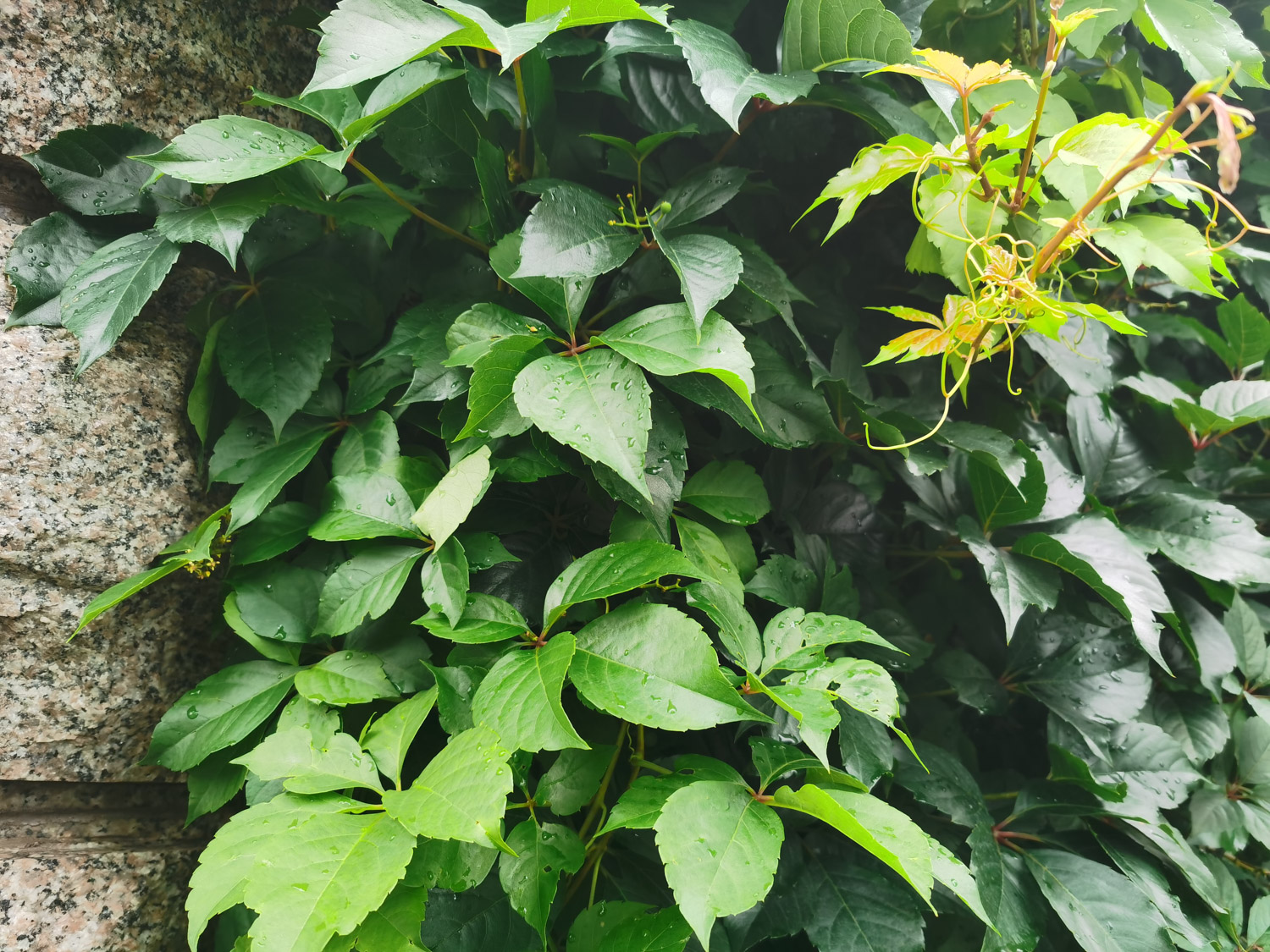
Parthenocissus climbs the wall one foot at a time, not one foot at a time. Every time it grows a foot, it will climb up, and then cling to the wall tightly. The new branches and leaves will continue to grow vertically, and then wait for the new branches and leaves to grow on the ground. And it also branches, so there may be many feet climbing up at the same time, which is the reason for its fast growth and large coverage
2. The appearance of Parthenocissus' feet
Parthenocissus' feet are suction cup-shaped, composed of several filaments, and then several small suction cups together are its feet
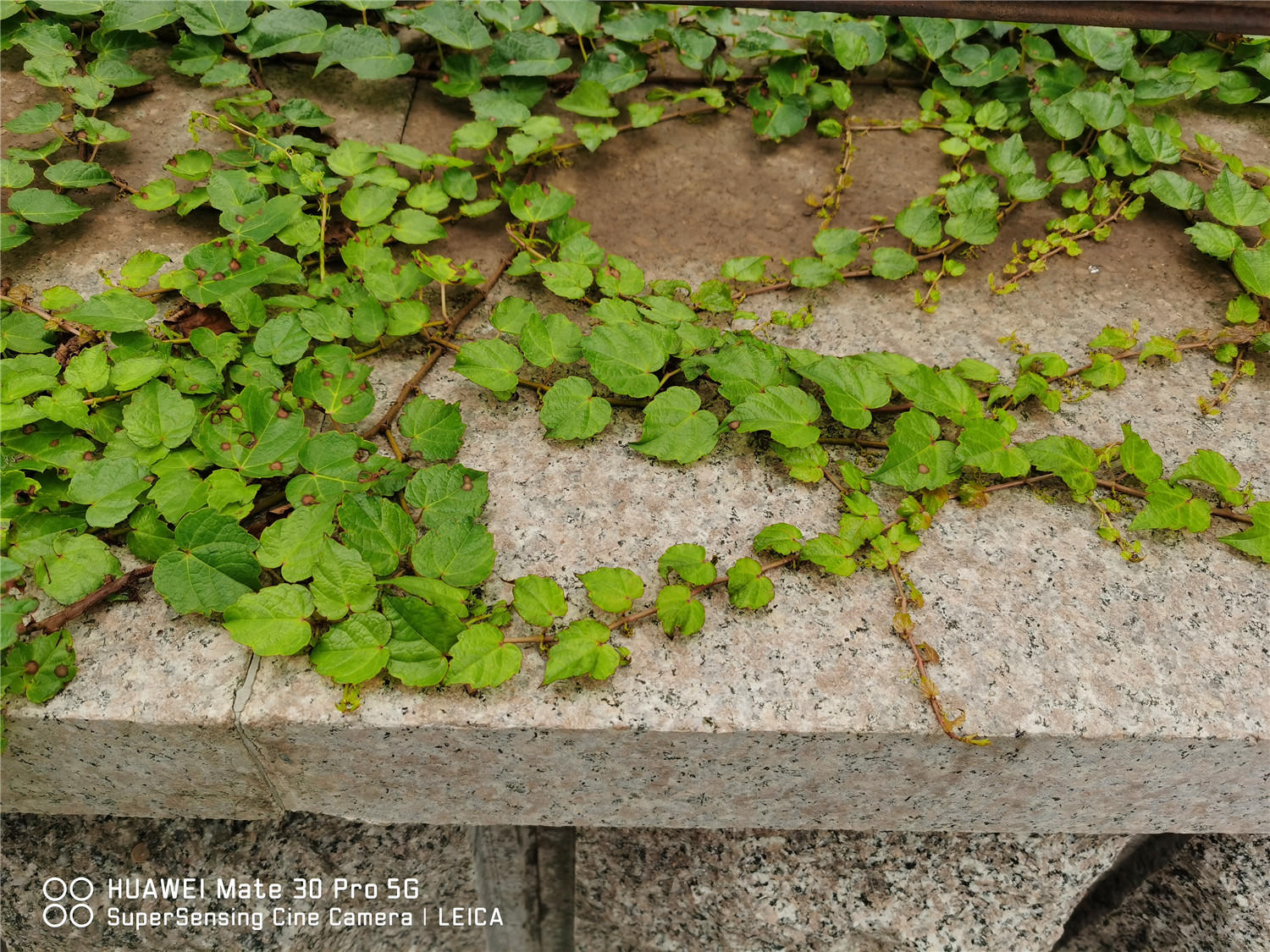
On the stem of Parthenocissus, where the petiole is located, there will be several twig like filaments extending from the reverse side, which are tender red. This is what its feet look like when they are not attached to the wall. They grow on the opposite side of the petiole. Whenever its feet are attached to the wall, the heads of these filaments will become highly viscous suction cups and then grab the wall. At first, the filament is straight. When it grabs the wall, it will become curved
The creeper's feet must be attached to the wall to have vitality, otherwise they will wither in a few days, and even there will be no trace later. And when it clings to the wall, it will be very firm. If you want to pull its stem, it takes some effort to pull down a stem
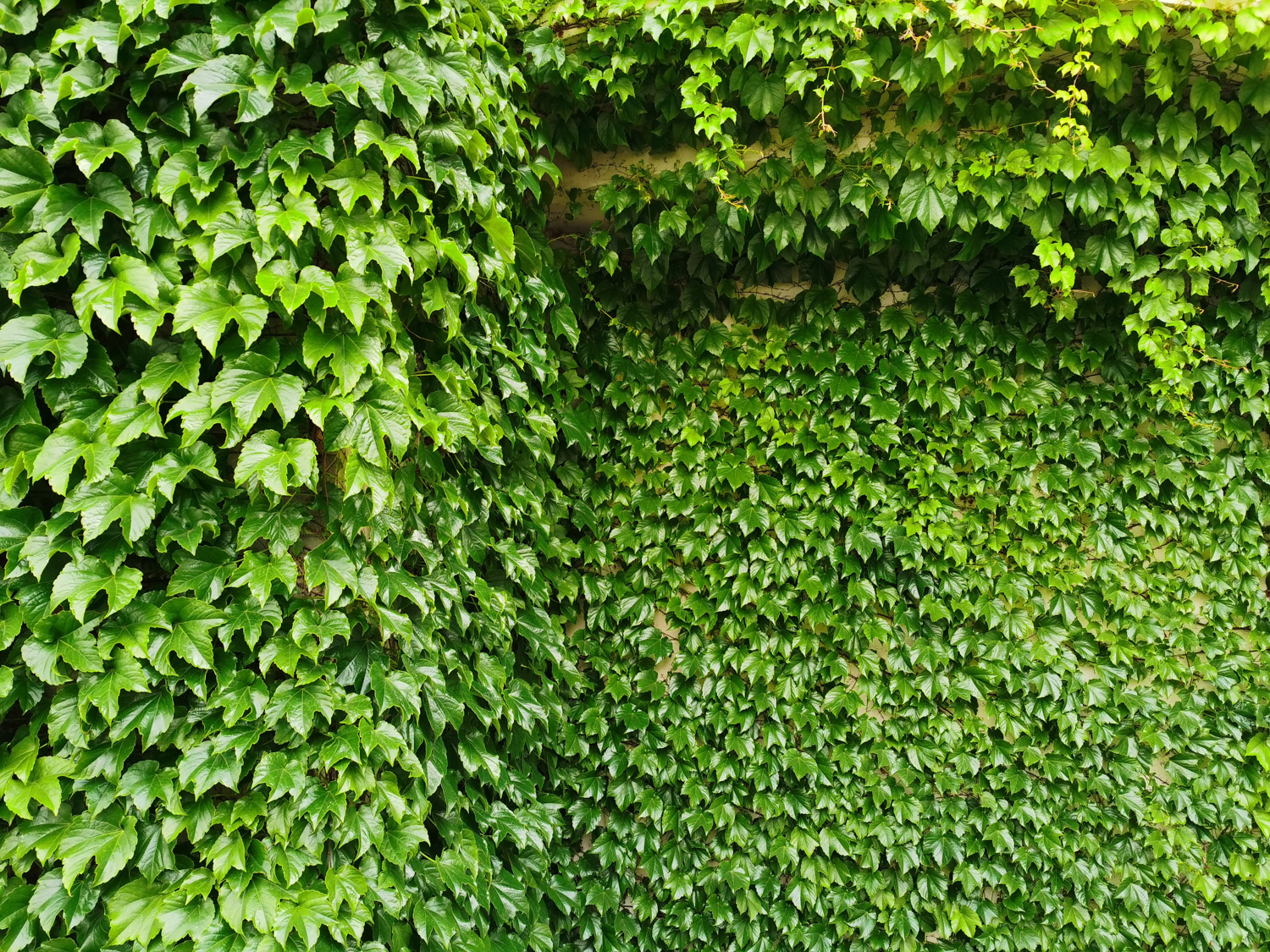

 jackfruit
jackfruit snake plant
snake plant hibiscus
hibiscus hydrangea
hydrangea lavender
lavender Green roses climb al...
Green roses climb al... If you don't pay att...
If you don't pay att... Management of four g...
Management of four g...
